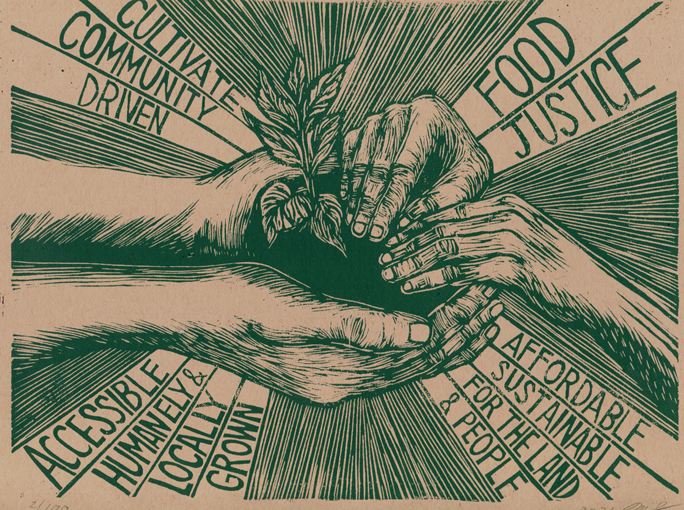


This project starts with the research-backed assumption that when we cook with fresh local food it ensures individuals, families, and our world are healthier. However, ACCESS to fresh local food is not equitable across all racial, gender, and class differences.
The goal of this project is to research a topic related to food equity and justice, then create a proposal to suggest real-life solutions to address the inequitable distribution of fresh local food

https://www.aecf.org/blog/exploring-americas-food-deserts
https://ucanr.edu/sites/UrbanAg/
https://www.panna.org/frontline-communities/farmworkers
*Note: if you are researching a person, make sure you are showing how they tie into the food justice movement and use farm to table principles.
Resources
Databases & Online Encyclopedias


Create a multimedia presentation (words, pictures, graphs, videos etc.) incorporating the information you select with visual elements that compliment and enhance this information. You will be proposing the solutions to a group.
Proposal should include the information from your outline:
Inspiration
Take a look at how Soul Fire Farm is addressing food injustice with their action steps and policy plan!

Farm to Table: Promoting the consumption of fresh, local seasonal produce and meat.
Institutional Racism: a form of racism that is embedded in the laws and regulations of a society or an organization.
CSA (Community-Supported Agriculture): consists of a community of individuals who pledge support to a farm operation so that the farmland becomes, either legally or spiritually, the community's farm, with the growers and consumers providing mutual support and sharing the risks and benefits of food production.
Locally-Sourced: Products served and consumed within 100 to 150 mile radius of where they're grown.
Sustainability: Meet society’s food needs in the present without compromising the ability of future generations to meet their own needs.
"We have many choices when it comes to food. We can buy it from stores that bring it in from other states or even import food from other parts of the world. There is a cost for our health due to shipping time and freshness, creating a market for preservatives as well as a cost to the environment due to the fossil fuels used to ship over long distances. To meet consumer needs, supermarkets purchase much of their food from factory farms, and have created a market for genetically modified organisms or GMO’s. Fortunately, there has been a push in recent years for people to purchase and eat local foods. The farm-to-table movement, also referred to as the farm-to-fork movement, promotes the consumption of fresh, local, seasonal produce and meat" (Hyder, 2011).